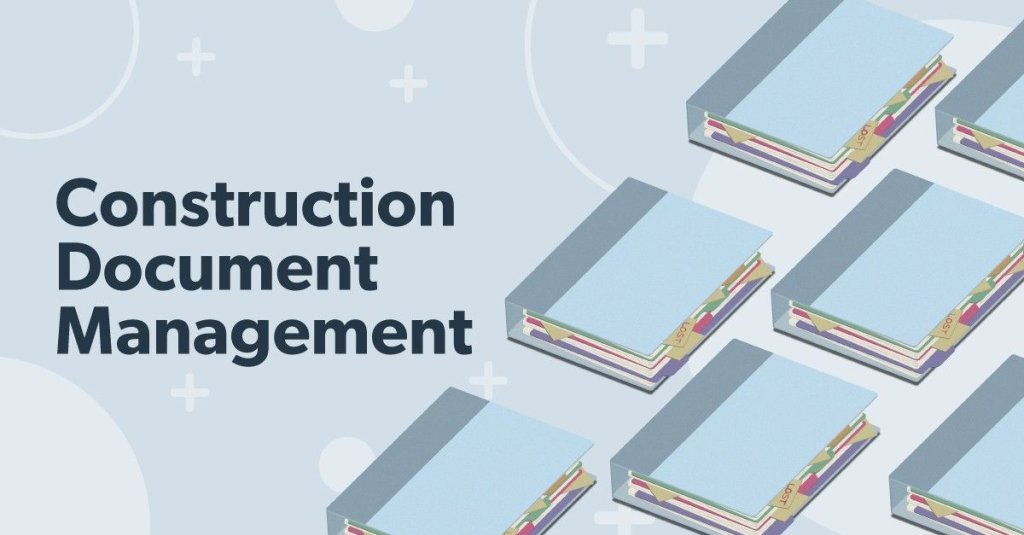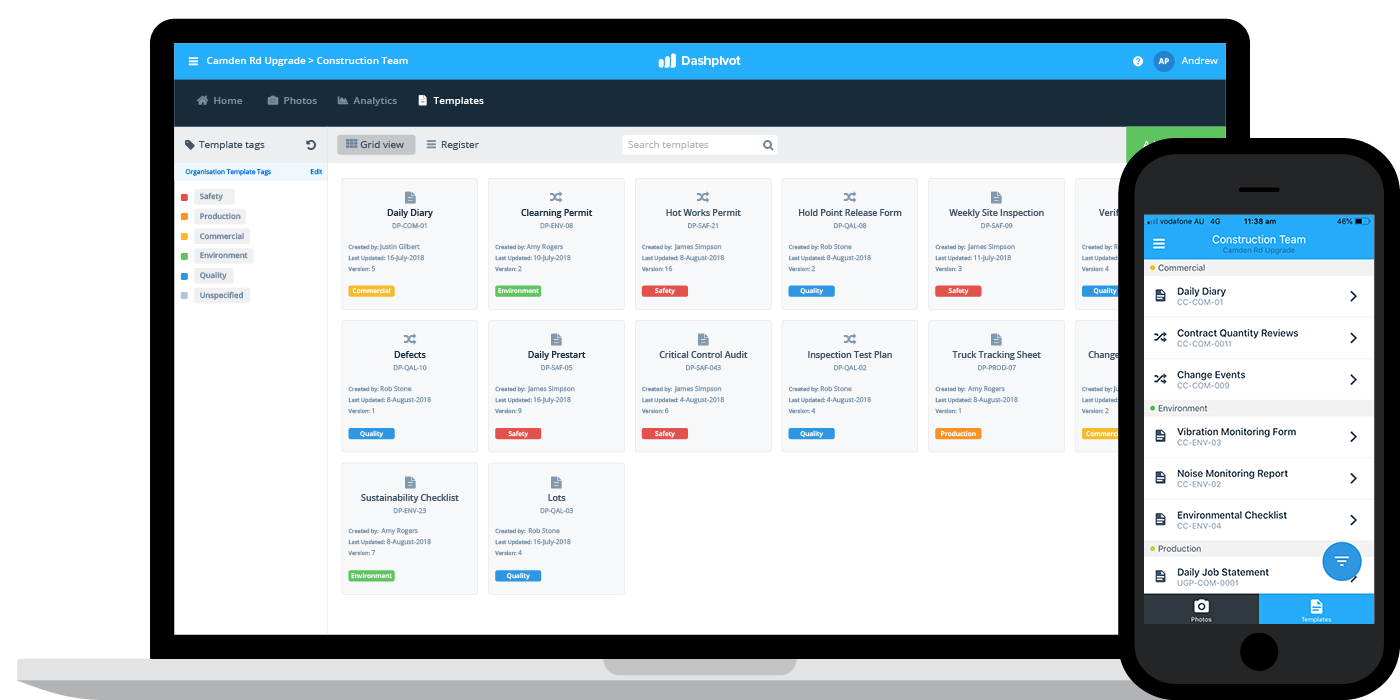From Mayhem to Control: Taking Advantage Of the Possible of Construction Document Management
From Mayhem to Control: Taking Advantage Of the Possible of Construction Document Management
Blog Article
Engineer's Guide to Enhancing Building Record Administration for Efficient Job Implementation
In the intricate world of design and building and construction, the efficient monitoring of project documentation stands as a foundation for success. Engineers are tasked with juggling a myriad of drawings, contracts, specs, and reports, all crucial parts for bringing a task to fulfillment. The procedure of arranging, sharing, and maintaining these papers can commonly come to be a maze of inadequacies and troubles if not dealt with thoroughly. By exploring methodical approaches, cutting-edge tools, and industry best methods, engineers can not just enhance their document monitoring processes yet also pave the way for more reliable task execution. Let's navigate with the vital methods and options that can transform exactly how designers take care of building and construction documentation, ensuring projects are supplied with precision and timeliness.
Significance of Reliable Paper Administration
Why is effective document monitoring critical for architects in the construction sector? Efficient file management is essential for architects in the construction market as it plays a crucial function in ensuring the effective execution of projects. Engineers deal with a huge range of documents, varying from layout drawings and specifications to licenses and contracts. Correct organization and management of these records are important to keep task timelines, guarantee conformity with policies, and facilitate efficient communication among job stakeholders.

Effective paper management enables architects to accessibility crucial info promptly, track project progression accurately, and mitigate dangers linked with noninclusions or errors. By carrying out streamlined document monitoring processes, engineers can improve collaboration with clients, service providers, and other team members, leading to improved job end results and customer contentment.
Furthermore, efficient paper monitoring helps engineers preserve a comprehensive project history, enabling them to take advantage of past experiences and lessons found out for future jobs. In today's busy construction market, where timely decision-making and information sharing are paramount, efficient file administration is a cornerstone for success.
Approaches for Simplifying File Company
Reliable record management practices not only guarantee project success for architects in the building sector however additionally lay the foundation for applying strategies for improving record company. To improve document organization effectively, designers should first develop a clear identifying convention for data and folders. Consistency in naming documents based on job stages, record types, and pertinent info will certainly facilitate very easy access and lower complication.
Using cloud-based storage space options can also enhance document organization by giving a central place for all project-related documents - construction document management. This allows employee to access one of the most up-to-date papers from anywhere, promoting partnership and effectiveness. Applying variation control devices better improves record organization by tracking changes, stopping clashing edits, and making sure that the current variations are always available
Additionally, creating a rational folder structure with assigned subfolders for various paper categories, such as requirements, illustrations, and agreements, can improve file management procedures. Consistently reviewing and removing repetitive or obsolete data will certainly aid maintain a lean and organized file database, eventually improving productivity and project outcomes.
Leveraging Modern Technology Tools for Cooperation
In the world of modern-day design, engineers are significantly counting on advanced modern technology tools to foster seamless partnership amongst more job stakeholders. Cloud-based platforms such as BIM 360 and Procore permit real-time access to project papers, allowing architects, customers, and contractors to collaborate effectively regardless of their physical area.
Digital layout and construction (VDC) software program like Revit and AutoCAD Architecture enable designers to produce detailed 3D designs that can be shared and edited collaboratively. This real-time cooperation improves layout accuracy, control, and visualization, bring about far better decision-making throughout the task lifecycle. Additionally, communication tools like Slack and Microsoft Teams supply instant messaging, documents sharing, and video conferencing capacities, cultivating smooth communication among staff member and stakeholders.
Ensuring Accuracy and Version Control

Efficient version control also assists in handling file approvals and making certain that just accredited personnel make adjustments. Designers must establish clear protocols for recording changes, including timestamps and customer identification, to develop an audit trail for responsibility. Regularly connecting with the job team about version updates and modifications is vital to stay clear of complication and keep alignment throughout the building process.
Best Practices for Document Sharing and Gain Access To
Having developed a durable system for version control in construction file management, engineers can now concentrate on optimizing paper sharing and gain access to techniques to enhance partnership and performance amongst project stakeholders. These systems use real-time access to task records, allowing team participants to view, modify, and comment on documents all at once.
Additionally, implementing role-based accessibility control is necessary for maintaining information safety while promoting collaboration. Appointing different consent levels to staff member guarantees that sensitive details is only accessible to authorized personnel. On a regular basis updating accessibility authorizations based upon job needs and group changes is vital for keeping data stability.
Integrating task management software application with paper sharing systems can additionally simplify process. This combination enables for seamless interaction, task this contact form monitoring, and record monitoring within a single interface, reducing the requirement to change between numerous tools. By following these best methods, architects can produce a more efficient and collaborative file sharing environment, ultimately causing find more successful task execution.

Final Thought
To conclude, efficient building and construction document administration is essential for effective project execution. By implementing methods for company, leveraging technology devices for cooperation, making certain accuracy and version control, in addition to complying with finest methods for file sharing and access, architects can enhance their process and enhance general job effectiveness. Focusing on these aspects of paper monitoring will cause smoother job execution and much better results for all stakeholders involved.
Reliable document management is necessary for engineers in the building and construction sector as it plays an essential role in making sure the successful execution of projects. construction document management. Appropriate company and monitoring of these documents are essential to preserve task timelines, ensure compliance with guidelines, and assist in reliable interaction amongst project stakeholders
Reliable paper management practices not only make certain project success for designers in the building and construction market yet additionally lay the foundation for applying strategies for improving document company. One key approach is establishing a central paper repository where all group members can access the most recent variations of drawings, specifications, and other job documents.Having actually developed a robust system for version control in construction document administration, architects can now focus on optimizing document sharing and gain access to methods to improve cooperation and efficiency amongst job stakeholders.
Report this page